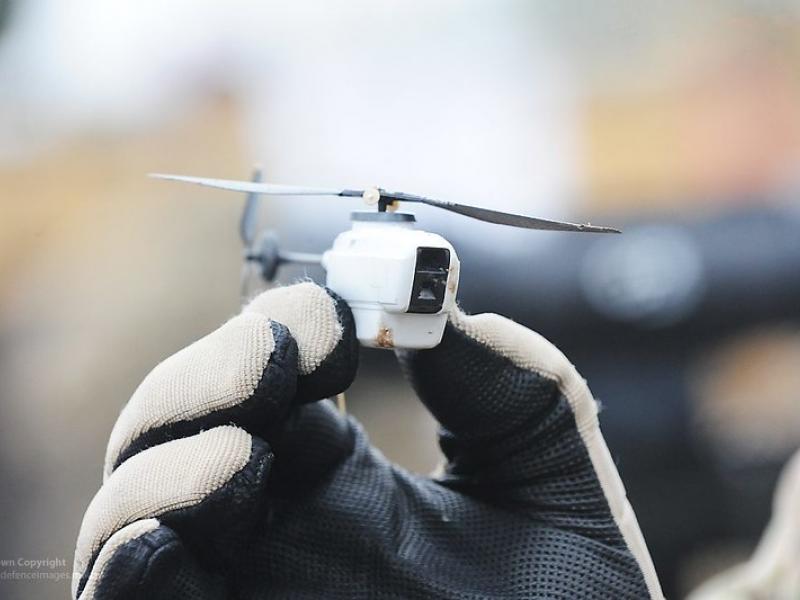Nano-drones

Description of the innovative solution
Nano-drones have the potential to bring improvements to the food system. While drones have been used in agriculture for some time (e.g. precision agriculture), nano-drones have been used to a lesser degree. As technology improves (e.g. sensors become smaller, flight precision improves and cloud-based image processing improves), nano-drones will likely be increasingly used in the food system. Applications include their use in production and breeding, and along the value chain. An example is pest and disease detection and treatment of agricultural crops and livestock. For crop production, an...
Nano-drones have the potential to bring improvements to the food system. While drones have been used in agriculture for some time (e.g. precision agriculture), nano-drones have been used to a lesser degree. As technology improves (e.g. sensors become smaller, flight precision improves and cloud-based image processing improves), nano-drones will likely be increasingly used in the food system. Applications include their use in production and breeding, and along the value chain. An example is pest and disease detection and treatment of agricultural crops and livestock. For crop production, an advantage of nano-drones over larger drones is that they can directly quantify crop traits using methods (e.g., object‐oriented classification) that require less image calibration and interpretation than the currently used spectral approaches.
Examples and additional resources
Real-world examples
See this solution in action in different contexts and settings around the world
Additional resources
Learn more about this solution through studies, articles, business cases, and other information
Overview of UAV in agriculture
Contacts
Connect to others working on and with this solution around the world
Pathways to uptake
Engage with our “backcasting tool” to imagine and design “pathways to uptake” for this solution in your setting.
This process involves defining a future vision of this solution being used in your context, and then working “backwards” to identify necessary steps to achieve this vision by 2030. Going through this exercise as an individual or with a team can help to clarify the WHAT/WHEN/HOW of moving a solution (or package of solutions) towards having major impact. We hope these pathways will inspire outside-of-the-box thinking, creative approaches, and actionable concrete steps to move ideas into action.
Pathway builder
Explore pathways for this solution
Be the first one and add a pathway for this solution!